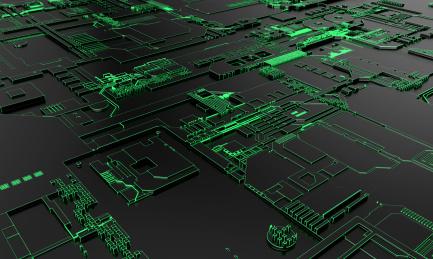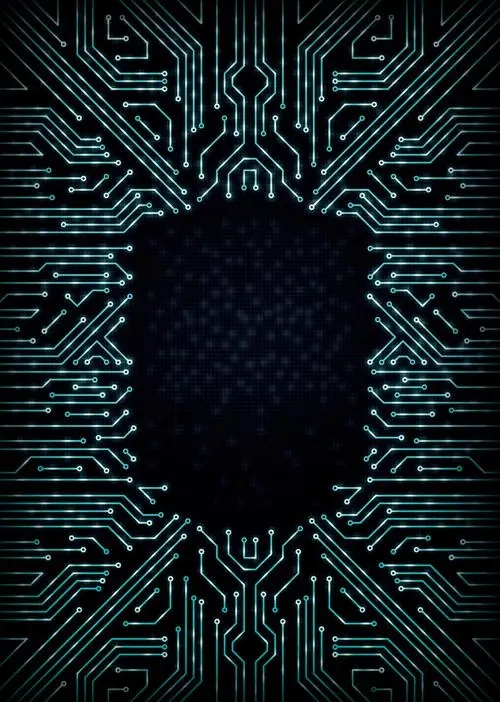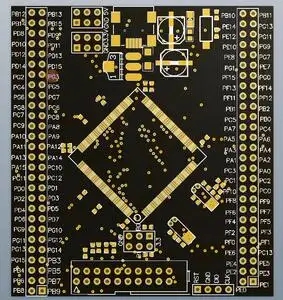
Analysis of PCB board reading and chip decryption
What is PCB copy? It is a reverse research technology to obtain PCB design circuit, BOM, and circuit schematic diagram of electronic products. It is not only a learning and reference of existing electronic product design ideas, but also a research, development and innovation of new technologies.
PCB copying is also often referred to in the industry as circuit board copying, circuit board cloning, circuit board copying, PCB cloning, PCB reverse design or PCB reverse research and development. There are many opinions about the definition of PCB copying in the industry and academia, but none of them is complete. If you want to give a precise definition of PCB copying, you can learn from the statement of the domestic authoritative PCB copying laboratory: PCB copying, That is to say, on the premise that there are real electronic products and real circuit boards, reverse analysis of circuit boards is carried out by means of reverse research and development technology, and 1:1 restoration of PCB documents, bill of materials (BOM) documents, schematic diagram documents and other technical documents of the original products as well as PCB silk printing production documents is carried out. Then, these technical documents and production documents are used for PCB manufacturing, component welding, flying pin testing, and circuit board debugging, Complete the complete copy of the original circuit board template. As electronic products are all composed of various kinds of circuit boards, the core control part works. Therefore, the extraction of full set of technical data of any electronic product and the imitation and cloning of products can be completed by using such a process as PCB copying.

Many people don't know what PCB copy is. Some people even think that PCB copy is a copycat. In our understanding, copycat means imitation, but PCB copying is definitely not imitation. The purpose of PCB copying is to learn the latest foreign electronic circuit design technology, and then absorb excellent design schemes to develop and design better products.
PCB copy is a reverse research technology, which is to obtain a PCB design circuit of an excellent electronic product, as well as circuit schematic and BOM through a series of reverse research technologies. Through this reverse research method, it takes others two or three years to develop a product. Through the reverse research method of PCB copying, it may take us only one month to learn what others have developed in two or three years. This has played a very important role in promoting our developing countries to catch up with the world. Moreover, the development of reverse research technology also promotes the technical breakthrough of those development teams. The vigorous development of reverse research technology also leads to the continuous updating of positive research technology. Because of this competitive relationship between forward research and reverse research, the development of electronic technology has changed with each passing day in recent years. Electronic products are updated almost once a year, and the speed of updating electronic products will only become faster and faster. Because PCB reading lowers the threshold of electronic technology. PCB copying has enabled more and more developing countries to step onto the forefront of high and new electronic technology and research electronic technology together with developed countries. The larger the research team, the more electronic technology in the world can develop.
Literally, PCB copying is the reverse study of PCB, and chip decryption is the reverse study of chip. It seems that there is no big difference, but in fact, they are inseparable from each other. The PCBA board is the carrier of the chip, and the two chips are its core components. A PCB without a chip is only a "board".
What is chip decryption? It is a new kind of reverse engineering. With the help of special equipment or self-made equipment, the attacker of SCM can extract key information from the chip and obtain the program in the chip through various technical means by making use of the loopholes or software defects in the chip design; That is to say, it refers to the technology and structural principle used to research chips and crack them.
Chip decryption refers to copying the stored code from the encrypted chip. There are many kinds of chips embedded with program code, and MCU is just one of them. MCU generally has internal EEPROM/FLASH for users to store programs and working data. In order to prevent unauthorized access to or copying of the internal program of the microcontroller, most of the microcomputers are equipped with encryption locks to locate or encrypt bytes to protect the internal program. If the encryption lock positioning is enabled (locked) during programming, it is impossible to directly read the program in the microcontroller with an ordinary programmer, which is called microcontroller encryption or chip encryption. Single chip attackers can extract key information from the chip by using special equipment or self-made equipment, using loopholes or software defects in the design of single chip chips, and through a variety of technical means to obtain the program in the chip, which is called chip decryption.
Chip decryption is also called microcontroller decryption, microcontroller decryption, chip decryption, and IC decryption. But strictly speaking, these terms are unscientific, but they have become habitual. We use CPLD decryption and DSP decryption as chip decryption. Microcontroller is just one of the classes that can load program chips. The chips that can burn programs and encrypt include DSP, CPLD, PLD, AVR, ARM, etc. There are also chips specially designed with encryption algorithms for professional encryption or functional chips designed to verify the code work of manufacturers. Such chips can also prevent the duplication of electronic products.









